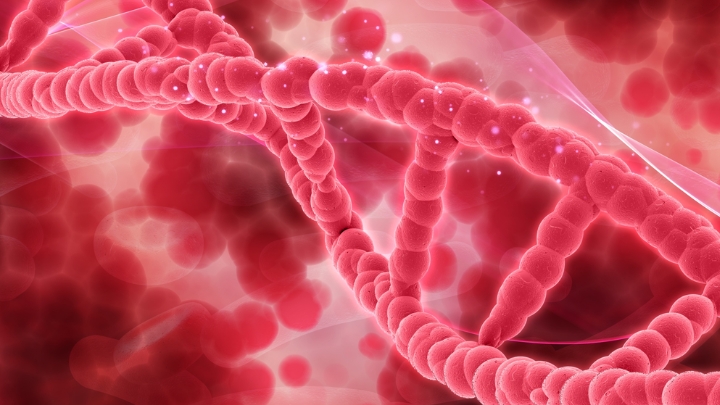Nanobubbles in Regenerative Medicine: Advancements in Tissue Engineering
Introduction
In the dynamic realm of regenerative medicine, a revolutionary player has emerged—nanobubbles. These minuscule wonders are poised to redefine the landscape of tissue engineering, offering unprecedented advancements in regenerative medicine. This article delves into the pivotal role nanobubbles play in pushing the boundaries of tissue engineering and regenerative medicine.
Unveiling Nanobubbles
What Are Nanobubbles?
Nanobubbles, characterized by their diminutive size—often measuring less than 1000 nanometers—are microscopic gas bubbles with remarkable stability. In the context of regenerative medicine, their unique properties hold the key to unlocking new frontiers in tissue engineering.
Nanobubbles and Cellular Interactions
The significance of nanobubbles lies in their ability to facilitate enhanced cellular interactions within the regenerative process. As carriers of therapeutic agents, these tiny bubbles navigate the intricate landscape of tissues, promoting targeted delivery and fostering accelerated healing.
Nanobubbles and Tissue Regeneration
Precision in Therapeutic Delivery
One of the primary advantages of nanobubbles in regenerative medicine is their precision in delivering therapeutic payloads to specific tissue sites. This targeted approach minimizes collateral damage to surrounding healthy tissues, a crucial aspect in ensuring successful tissue regeneration.
Accelerated Healing Processes
Nanobubbles act as catalysts for regenerative processes by optimizing the microenvironment at the cellular level. Through their unique interactions, these bubbles stimulate growth factors and cellular responses, resulting in accelerated healing and regeneration of damaged tissues.
Nanobubbles and Stem Cell Therapy
Enhancing Stem Cell Functionality
Stem cell therapy, a cornerstone of regenerative medicine, experiences a paradigm shift with the integration of nanobubbles. These bubbles enhance the functionality of stem cells by providing a conducive environment for their proliferation and differentiation, thereby maximizing their regenerative potential.
Overcoming Limitations
Nanobubbles address challenges associated with traditional stem cell therapies, such as low retention rates and limited efficacy. By acting as carriers for stem cells, nanobubbles ensure a more targeted and sustained delivery, overcoming obstacles that have hindered the full realization of the therapeutic potential of stem cells.
Nanobubbles: A Game-Changer for Organ Transplants
Improving Organ Preservation
Organ transplants stand to benefit significantly from the introduction of nanobubbles. These bubbles, when integrated into organ preservation solutions, enhance the viability of organs during the crucial transplant process. This breakthrough has the potential to expand the pool of viable organs and save countless lives.
Reducing Ischemic Injury
Nanobubbles play a pivotal role in mitigating ischemic injury—a common challenge in organ transplantation. Their presence in preservation solutions minimizes the impact of oxygen deprivation, preserving organ function and increasing the success rates of transplant procedures.
Future Directions and Implications
Current Applications
While still in the early stages of implementation, nanobubbles have shown promise in various applications within regenerative medicine. From wound healing to targeted drug delivery, the current applications underscore the versatility and potential of nanobubbles in advancing medical treatments.
Future Implications
Looking ahead, the future of regenerative medicine appears profoundly influenced by the integration of nanobubbles. Ongoing research endeavors aim to uncover new therapeutic avenues, further refining the technology for broader applications in treating a spectrum of medical conditions.
Conclusion
In conclusion, nanobubbles stand as pioneers in the realm of regenerative medicine, offering a transformative approach to tissue engineering and therapeutic delivery. Their precision, versatility, and potential to revolutionize established medical practices position nanobubbles as a game-changer in the ongoing quest for innovative and effective regenerative treatments.
